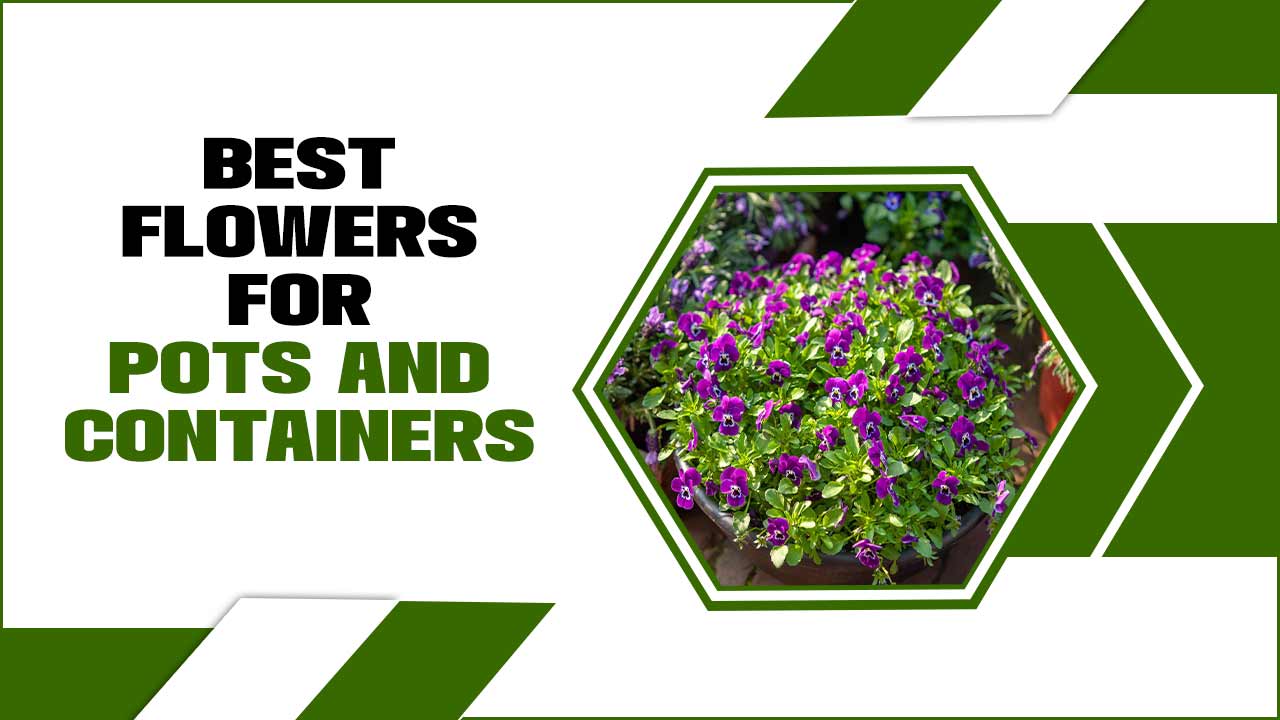Flowers have long been admired for their beauty and fragrance, but many people may not realize that some of these delicate blossoms are also edible. From roses and violets to dandelions and chrysanthemums, a wide variety of flowers can be added to dishes for flavor and visual appeal.
Here, we will discuss which flowers are edible and how they can be used in your kitchen. From anise hyssop with its bitter taste and hint of mint to the delicate flavor of squash flowers, we have listed the most popular edible flowers and their unique taste profiles.
We will also discuss how to dry lavender to preserve the flavor and use it in your recipes all year round. Join us as we explore the world of edible flowers and expand our culinary horizons.

About Edible Flowers
Edible flowers are a wonderful addition to culinary creations, bringing unique flavors and visual appeal. These tiny flowers can be used as garnishes or infused to add subtle floral notes to dishes. It is important to identify edible flowers to avoid any health risks properly.
Many of these flowers can be grown in your garden or easily purchased at garden centers. From chive blossoms and basil flowers to rose geranium and calendula officinalis, there is a wide variety of colors, flavors, and uses to explore.
Whether adding individual petals to salads or using them in sweet dishes like fruit salads or hibiscus tea, incorporating edible flowers is a great way to elevate your culinary experience.
Definition And Importance
Edible flowers, which can be safely consumed, have been used in cooking for centuries. They provide a great opportunity to experiment with new flavors and enhance the aesthetic appeal of dishes. Incorporating edible flowers into meals can elevate the dining experience and leave a lasting impression on guests.
It is important to use organic and pesticide-free flowers for consumption to ensure the highest quality and safety. Edible flowers come in various colors and types, ranging from tiny chive blossoms to blue flowers like Bellis perennis.
You can use them in various dishes, including raw salads, sweets, and fruit. Adding flower buds, individual petals, or even whole flowers like zucchini blossoms to recipes can infuse them with a milder flavor and an extra pop of color. Hibiscus tea made from dried hibiscus flowers is a popular beverage choice, while rose geranium and pineapple sage add unique floral notes to drinks and desserts.
When using edible flowers, it is crucial to identify them and avoid any toxic variations properly. Incorporating these beautiful and delicious blooms into our culinary creations can elevate our cooking game and impress others with our creativity.
Health Benefits Of Edible Flowers
Incorporating edible flowers into your diet can provide numerous health benefits. These tiny flowers are not just visually appealing but also a great addition to your meals. Edible flowers are a good source of antioxidants, vitamins, and minerals, making them nutritious. Moreover, consuming edible flowers may have anti-inflammatory properties, promoting overall well-being.
Certain flowers, like rose petals, are popular for their calming effects, helping to reduce stress and anxiety. Adding edible flowers to your dishes can also promote mindfulness and a greater appreciation for food, encouraging a healthier relationship with what you eat.
Which Flowers Are Edible? A List Of Edible Flowers And Their Uses: Explained
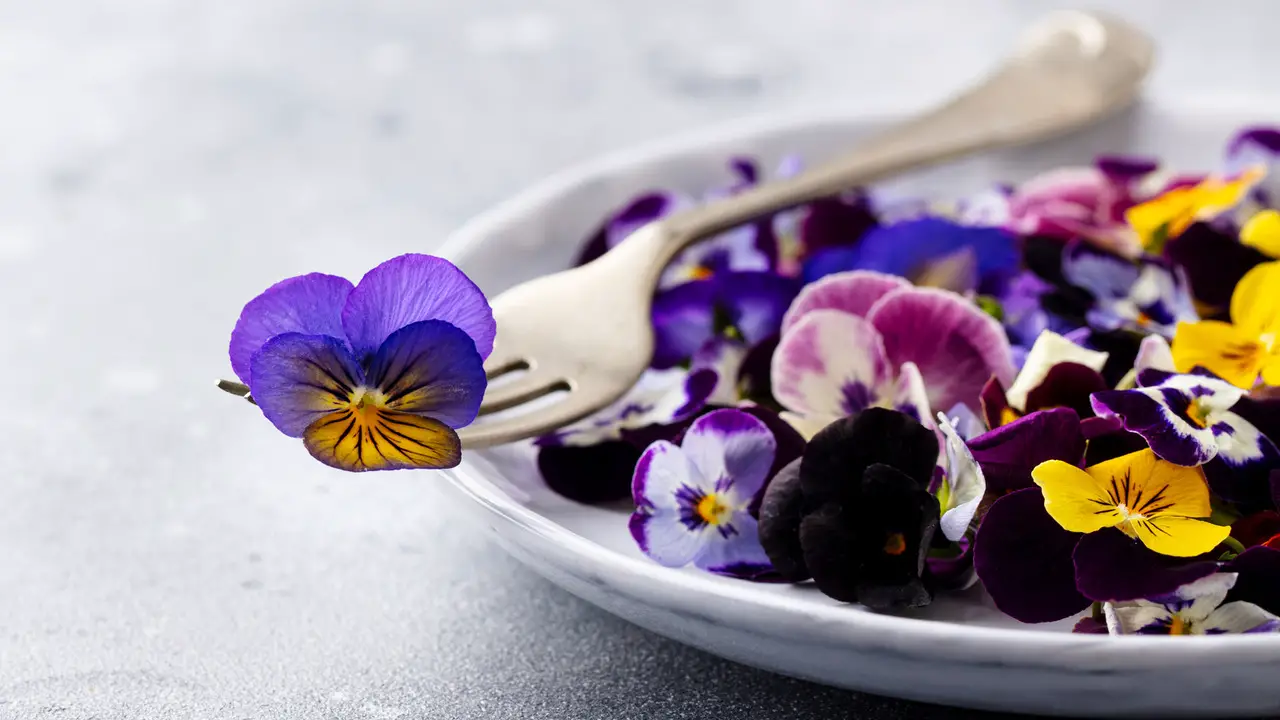
Flowers have long been used as a decorative element in culinary creations, but not all flowers are safe to eat. Several edible flowers can add flavor and visual appeal to dishes. Some popular edible flowers include nasturtiums with a peppery taste and vibrant colors and pansies with a mild, slightly sweet flavor. Looking for a list of edible flowers and their uses?
We’ve got you covered! Discover a variety of flowers that are not only beautiful but also safe to eat. From the delicate flavors of lavender to the peppery taste of nasturtium, explore the world of edible flowers and enhance your culinary creations. Scroll down to get details on which flowers are edible.
Anise Hyssop: Tastes Bitter With A Hint Of Mint
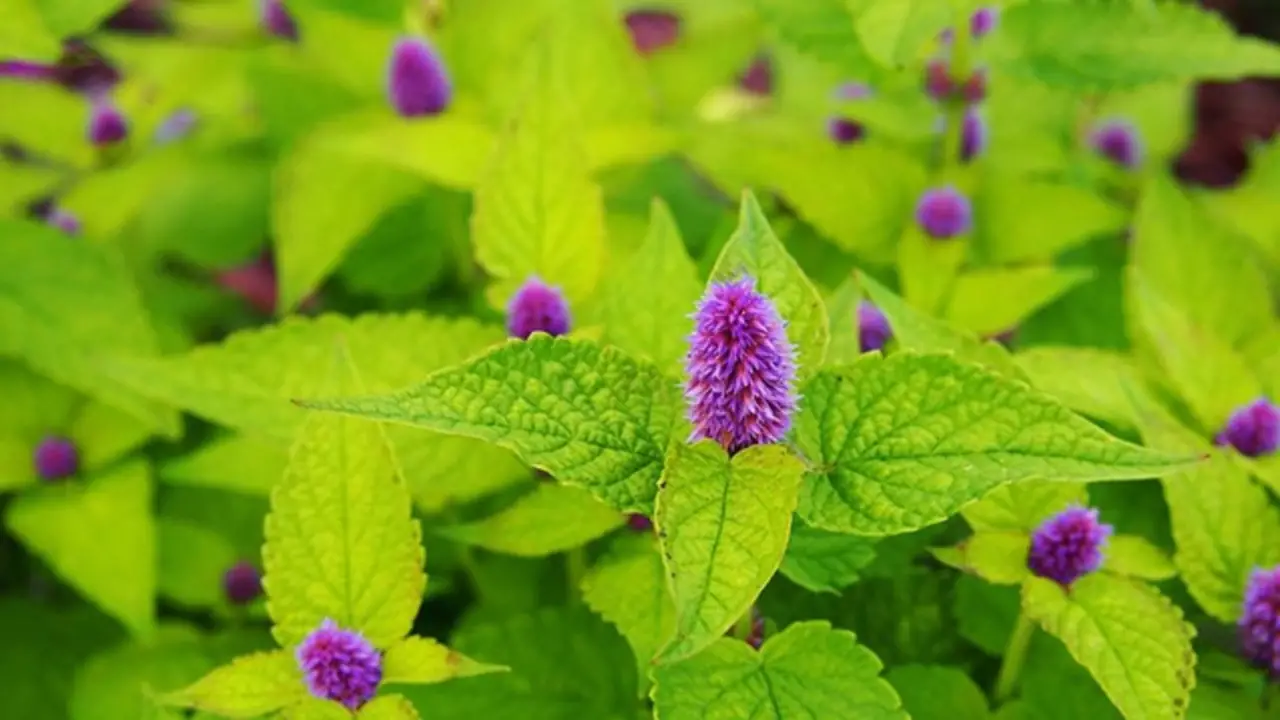
Anise Hyssop, an edible flower commonly used in teas, syrups, and cocktails, offers a unique taste profile. With a slightly bitter flavor and a hint of mint, it adds depth to dishes. But Anise Hyssop is just one of the many edible flowers that can elevate your culinary creations. Nasturtiums, lavender, roses, and violets are also popular options, each with its distinct flavors and use in cooking.
When using edible flowers, it’s important to properly prepare them by removing dirt and insects while avoiding harmful chemicals. Incorporating these delightful blooms into your cooking enhances the flavors and provides potential health benefits, thanks to their antioxidants and anti-inflammatory properties.
Anise Hyssop: Tastes Bitter With A Hint Of Mint
Anise hyssop, an edible flower, adds a unique taste to teas and desserts. With its bitter flavor and a hint of mint, it provides a delightful twist to various dishes. When using edible flowers, like anise hyssop, it’s important to properly identify them and ensure they have been grown without pesticides or harmful chemicals.
Edible flowers, in general, including roses, lavender, and violets, can elevate the flavors and appearance of sweet and savory dishes. Incorporating these tiny flowers in your culinary creations is a great way to experiment with different colors and tastes, making your meals more visually appealing and flavorful. Remember, always exercise caution when consuming edible flowers and avoid any that you are unsure about.
Bee Balm: Tastes Minty And Spicy

With its unique minty and spicy flavor, bee balm, known as Monarda didyma, has become a popular addition to salads, teas, and cocktails. This member of the mint family comes in shades of pink, red, and purple, making it both a visually appealing garnish and a flavorful ingredient in cooking.
Not only does bee balm add a delightful taste to dishes, but it also boasts medicinal properties. It has been handy for centuries to treat colds and headaches. When using bee balm in cooking, stick to the petals, as the leaves and stems can be bitter and unpleasant.
Begonia: Taste Like Sour Citrus
Begonia flowers are popular for their unique taste, which is sour and citrusy. These tiny flowers make a great addition to various dishes, such as salads and cocktails. When incorporating begonia flowers into your recipes, it’s important to ensure they are pesticide-free and only consume the petals.
Other edible flowers include lavender, chrysanthemum, and rose, each offering distinct flavors and colors. You can add flavor and variety to your culinary creations by experimenting with different herb flowers. So why not try adding some begonia petals to your next meal and experience their tangy citrus taste for yourself?
Borage: Tastes Like Cucumber

Borage flowers offer a subtle cucumber flavor, making them an excellent addition to salads, cocktails, or garnish. These blue star-shaped flowers can also be candied or used to create decorative ice cubes. Not only do they add a refreshing taste to dishes, but borage is also rich in antioxidants and has anti-inflammatory properties.
The leaves of the borage plant have a spinach-like taste and can also be handy in cooking. Just remember to choose borage flowers that have not been exposed to chemicals or pesticides.
Chervil: Tastes Like Mild Licorice
Chervil, a delicate herb, offers a mild liquorice flavor commonly found in French cuisine. The leaves and flowers of chervil are edible and can be handy as a garnish or ingredient in salads, soups, and sauces. In addition to its culinary uses, chervil also provides health benefits as a good source of vitamin C and aid in digestion.
When selecting chervil for consumption, ensure it is fresh with a vibrant green color and wash it thoroughly before use. For a unique flavor profile, chervil pairs exceptionally well with herbs like parsley, tarragon, and chives.
Chamomile: Sweet Flavor With Notes Of Green Apple
Chamomile flowers offer a delightful taste with subtle hints of green apple. People know the flavor for its soothing and calming effect, making it a popular choice for teas, desserts, and cocktails. Incorporating chamomile flowers into salads can provide a unique and refreshing twist to the dish.
Chamomile flowers’ gentle and delicate taste also makes them a great addition to various recipes, enhancing the flavors of other ingredients. With their sweet flavor profile and notes of green apple, chamomile flowers are perfect for those seeking a touch of natural sweetness in their culinary creations.
White Clover: Tastes Like Mild Grass & Green Beans
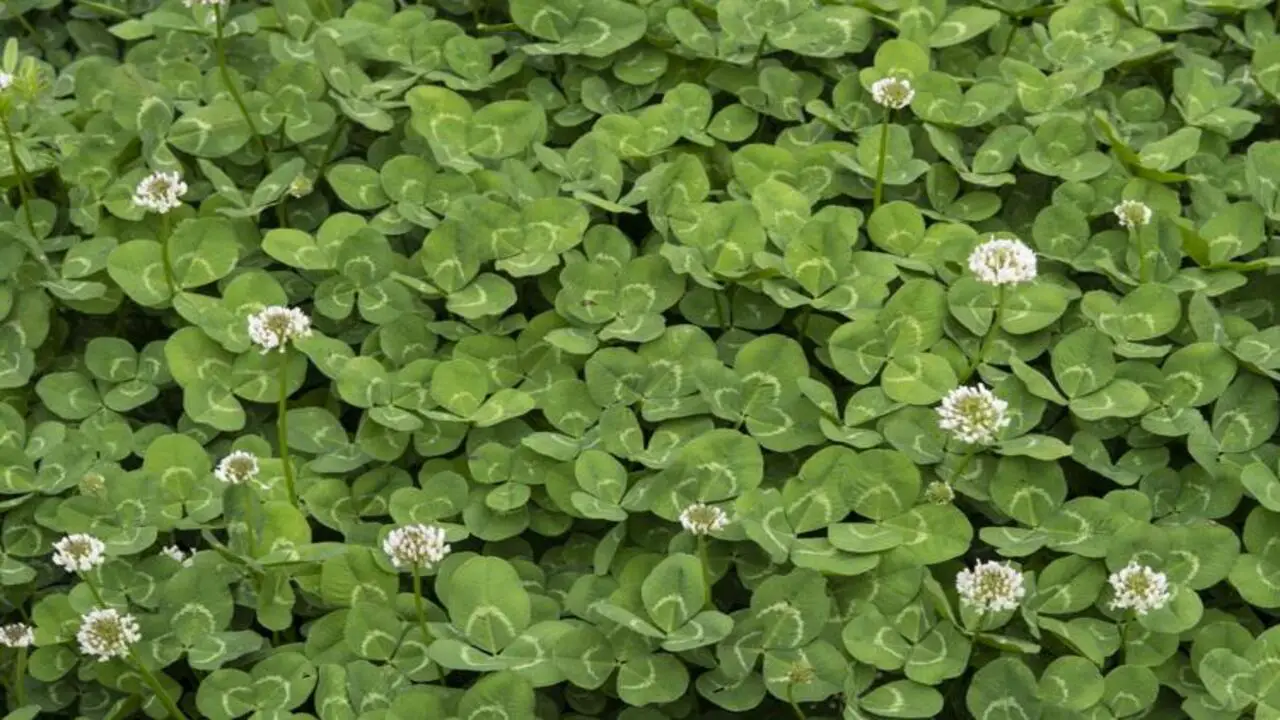
White clover flowers offer a mild grassy taste with subtle hints of green beans. Their earthy flavour makes them a great addition to dishes like salads, soups, and stews. These tiny flowers can also add a unique twist to baked goods, providing a delicate and fresh taste that pairs well with light and fresh ingredients.
With the ability to enhance the flavor profile of sweet and savory dishes, white clover flowers are a versatile option. Add them to your recipes to enjoy their subtle but distinctive flavor.
Dandelion: Tastes Bitter
Dandelion flowers are popular for their bitter taste, which adds a unique flavor profile to dishes. Also, dandelion flowers’ slightly tangy and herbaceous flavor makes them a great addition to salads, pesto, and herbal teas. You can also add these tiny flowers to stir-fries, providing a contrasting and bold flavor.
The bitterness of dandelion flowers adds depth to savory dishes, enhancing the overall taste. With their vibrant yellow flowers, dandelions add visual appeal and offer a milder flavor than other edible flowers. Incorporating dandelion flowers into your culinary creations can introduce a new and exciting element to your meals.
Geraniums (Scented): Tastes Include Lemon, Rose, And Mint
Scented geranium flowers offer a range of delightful flavors, including refreshing notes of lemon, the delicate sweetness of rose, and the cool essence of mint. These flowers add a burst of aromatic and fragrant taste and bring complexity to both sweet and savory dishes.
They can be a great addition to syrups, jams, and baked goods, infusing them with unique flavors. Incorporating scented geranium flowers can provide a refreshing touch if you’re looking for a twist in your cocktails. Their diverse flavors make them versatile ingredient that adds depth and complexity to various dishes.
Nasturtium: Taste Peppery
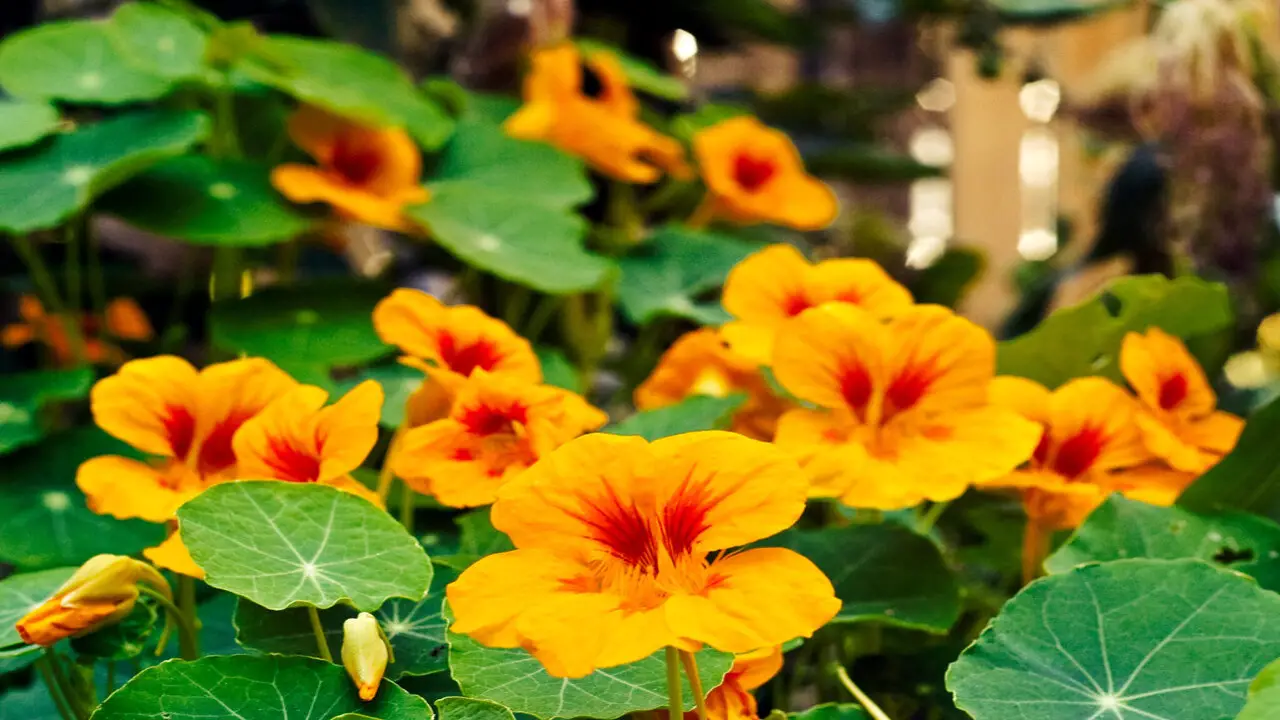
Nasturtium flowers are known for their distinct and peppery taste. They add a zesty and slightly spicy flavor to dishes, making them a great addition to salads, sandwiches, and pasta dishes. You can also use nasturtium flowers to provide a fiery kick in dips and spreads. The peppery taste of nasturtium flowers adds boldness and vibrancy to any dish.
With their variety of colors, ranging from vibrant reds to soft yellows and oranges, nasturtium flowers enhance the visual appeal and bring a burst of flavor to your culinary creations. So, next time you want to add a tangy and peppery punch to your meals, don’t forget to include the versatile nasturtium flowers.
Lavender: Tastes Like Sweet Floral
Lavender flowers possess a delicate and aromatic flavor that is sweet and floral. They can be a great addition to various dishes, including teas, desserts, and sauces. Incorporating lavender flowers into marinades is a great way to infuse a subtle and fragrant flavor. The sweet and floral taste of lavender flowers enhances the aroma and taste of dishes, making them a favorite ingredient in culinary creations.
With their tiny flowers and variety of colors, lavender flowers add visual appeal and impart a mild and delightful flavor to sweet dishes. When used in cooking, these blue flowers from the herb family can elevate the taste profile of any dish.
Pansy Flower Petals: Taste Sweet And Fruity
Pansy flower petals offer a delightful combination of sweet and fruity flavors. Their vibrant and refreshing taste makes them a great addition to various culinary creations. From salads to cakes and even cocktails, pansy flower petals can bring a burst of sweetness to your dishes.
You can elevate the overall sweetness and visual appeal of fruit salads by simply adding these tiny flowers. With their joyful flavors and variety of colors, pansy flower petals are a wonderful way to enhance the taste of your sweet dishes. Let pansy flower petals’ sweet and fruity taste bloom in your favorite recipes.
Chive Flowers: Tastes Like Mild Onion
Chive flowers, tiny flowers that belong to the allium family, offer a great addition to various dishes. Also, chive flowers are a favorite among herb flowers with their blue flowers and delicate flavor reminiscent of fresh onions. They can be handy in salads, omelets, and potato dishes, adding a subtle and savory note.
Chive flowers also make a great way to enhance creamy soups with their mild onion taste. Their individual petals, known as chive blossoms, come in a variety of colors and are a popular choice for raw salads. Incorporating chive flowers into your culinary creations is a wonderful way to elevate the overall flavor profile.
Butterfly Pea Flowers: Taste Mildly Sweet
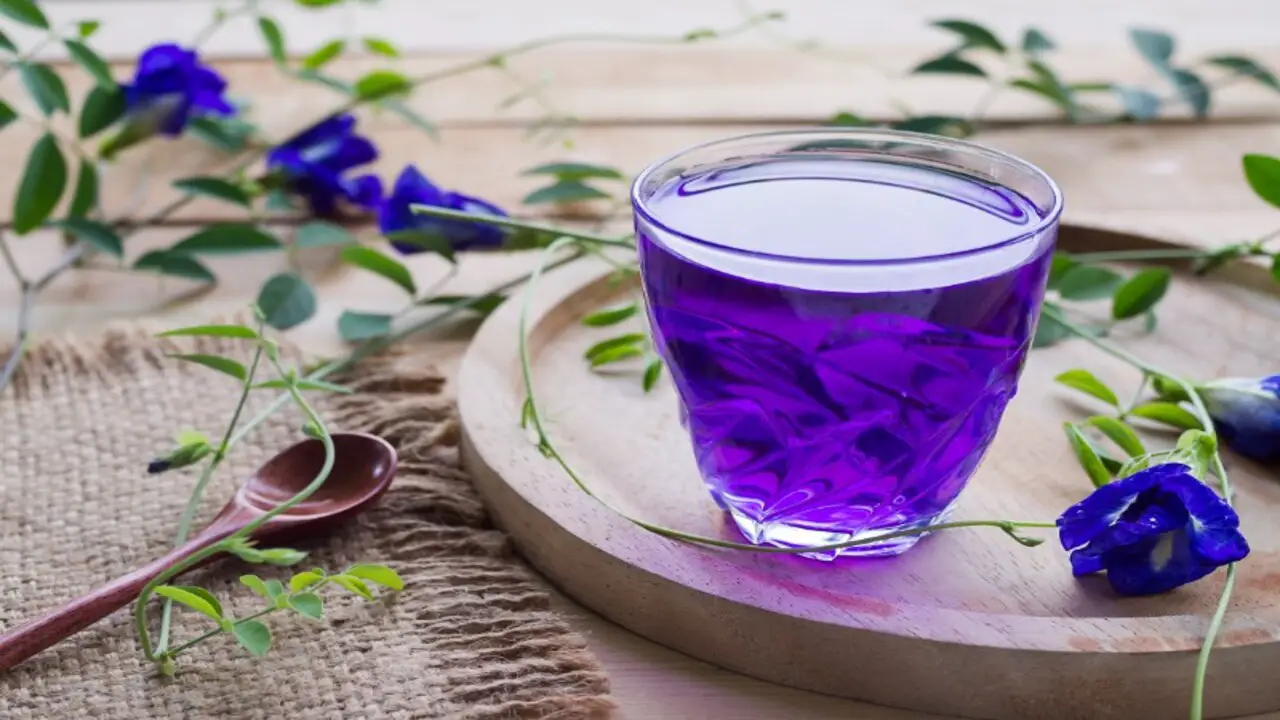
Butterfly pea flowers offer a delightful taste that is mildly sweet. With a subtle and slightly floral flavor, these blue flowers can be a great addition to various culinary creations. You can use them in teas, cocktails, and desserts, adding a unique touch. Additionally, incorporating butterfly pea flowers into rice dishes imparts a vibrant blue color and brings a delicate sweetness to the dish.
Their mildly sweet taste complements both sweet and savory recipes, making them a versatile and exciting ingredient to experiment with. Butterfly pea flowers truly offer a delightful and unique flavor profile.
Squash Flowers: Taste Like Delicate Squash
Squash flowers have a delicate flavor reminiscent of squash, making them a great addition to various dishes. You can use these edible blooms in sweet and savory recipes, offering a unique twist to your culinary creations. Add squash blossoms to salads for a pop of color and flavor, or explore creative uses like stuffed blossoms.
You can harvest these tiny flowers from your garden or find them at local markets. Squash flowers are a versatile ingredient that can elevate the taste and presentation of your dishes. So why not experiment with these delightful blooms in your next culinary adventure?
Marigolds: Tastes Bitter And Tangy + Various Flavors
Marigold petals possess a slightly bitter and tangy taste that adds depth to culinary creations. The different varieties of marigolds offer a range of flavors, from citrusy to spicy, making them a versatile option in the kitchen. Marigold petals as a garnish for desserts or cocktails add a vibrant touch.
These tiny flowers can also be infused in syrups or jams to enhance their flavor profile. Growing marigolds in your vegetable garden not only adds beauty but also provides you with edible flowers to incorporate into your meals. Marigolds are a great addition to any dish, offering a unique taste experience.
Lilac: Taste Sweet
Lilac flowers offer a delicate and sweet flavor that can enhance various culinary creations. They make a great addition as garnishes for cakes or ice cream, adding visual appeal and a subtle hint of sweetness. Infusing lilac petals in simple syrup is a great way to create floral-flavored drinks, perfect for refreshing summer beverages.
Additionally, adding lilac flowers to fruit salads can provide a touch of sweetness and a pop of color. The fragrance and taste of lilacs can truly elevate the overall experience of sweet dishes. Lilac flowers are a delightful addition to any kitchen, bringing a unique and delightful flavor to your culinary adventures.
How To Dry Lavender (Preserving Methods And Tips)
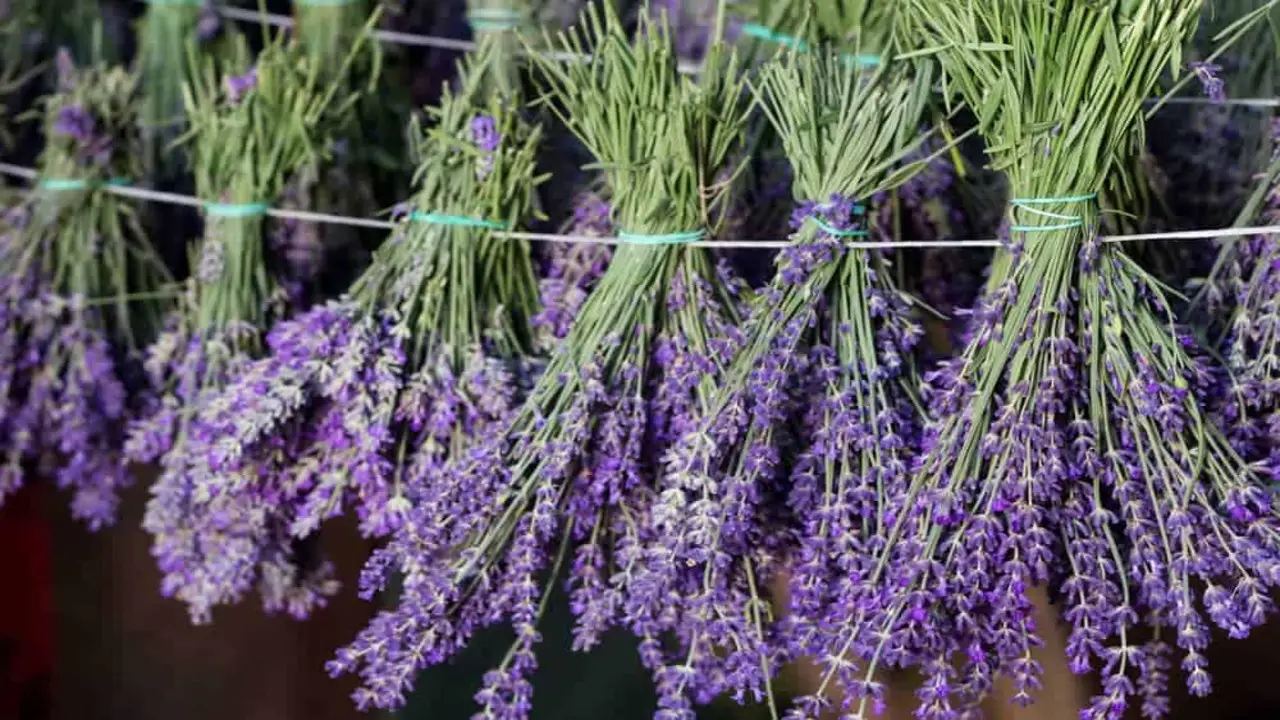
Drying lavender is a popular method for preserving this fragrant and versatile flower. You can use several methods to dry lavender, each with its own benefits and considerations. One simple and effective way to dry lavender is by air drying.
To do this, gather a small bunch of lavender stems and tie them together at the base with a string or rubber band. Hang the bunch upside down in a well-ventilated area, away from direct sunlight. Allow the lavender to dry for about two weeks or until the flowers feel dry and brittle.
Another method for drying lavender is using a dehydrator. This method allows for quicker drying times and can help preserve more of the flower’s vibrant color. Simply spread the lavender stems out on the trays of your dehydrator and set it to a low temperature, around 95°F (35°C).
Let the lavender dry for several hours, checking periodically until it feels crumbly dry. Whichever method you choose, store your dried lavender in an airtight container in a cool, dark place to maintain its fragrance and flavor for future use.
Conclusion
Incorporating edible flowers into your culinary creations can add a unique and visually appealing touch to your dishes. From the bitter and minty flavors of anise hyssop to the sweet and fruity taste of pansy flower petals, there is a wide variety of edible flowers to explore. Always use organic and pesticide-free flowers and properly identify them before consuming them.
Additionally, if you have any allergies or sensitivities, it’s important to exercise caution when trying new flowers. Now that you have a list of edible flowers and their uses experiment with these natural and beautiful ingredients in your next meal! Cover all which flowers are edible.
Frequently Asked Questions
1.What Flowers Are Edible By Humans?
Ans: Some edible flowers for humans include roses, violets, pansies, nasturtiums, and calendula. These beautiful blooms can add color and flavor to salads, desserts, and drinks. However, it’s important to ensure that the flowers have been grown without pesticides or harmful chemicals before consumption.
2.What Are The Most Edible Flowers?
Ans: Some commonly eaten edible flowers include roses, lavender, nasturtiums, violets, and pansies. You can use edible flowers in salads, teas, cocktails, and desserts. Other options include marigolds, chrysanthemums, hibiscus, and calendula. Always ensure they are safe to eat and haven’t been treated with chemicals.
3.What Are The Top 10 Edible Flowers?
Ans: Some popular edible flowers include nasturtiums, pansies, roses, violets, and calendula. Other favorites are lavender, chrysanthemums, elderflower, hibiscus, and marigolds. These flowers can be used in salads, cocktails, desserts, and garnishes for various dishes. When consuming edible flowers, make sure they are labeled as such and grown without pesticides or chemicals.
4.What Are Some Common Edible Flowers?
Ans: Some commonly used edible flowers include roses, lavender, violets, pansies, and nasturtiums. These flowers can add a touch of color and flavor to salads, desserts, cocktails, and dishes as garnishes. However, ensuring that the flowers are safe to eat and have not been treated with harmful chemicals is important.
5.What Is The Most Common Edible Flower?
Ans: Nasturtium is the most commonly used edible flower, known for its slightly peppery taste. It can be used in salads, as a garnish, or stuffed with cheese. Other popular edible flowers include roses, pansies, violets, and lavender. Always ensure the flowers are pesticide-free and haven’t been treated with harmful chemicals.

